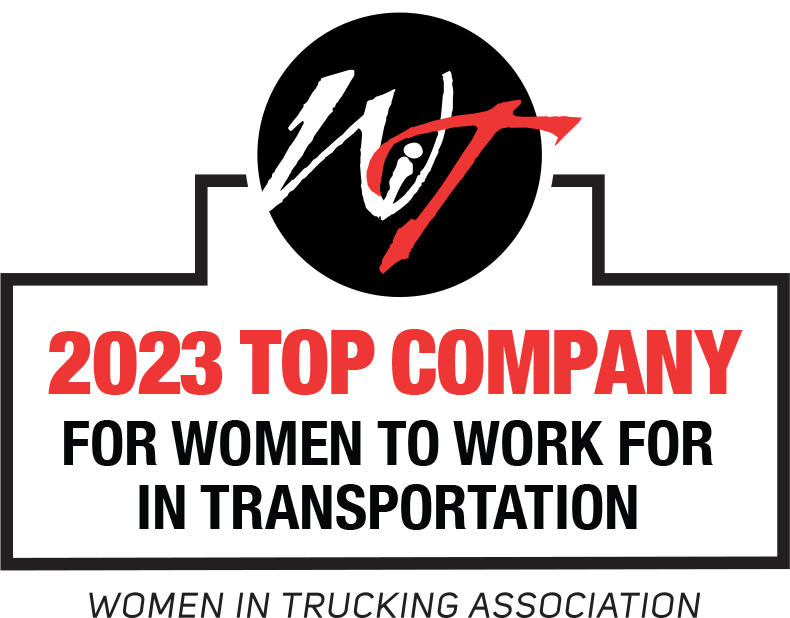A few weeks ago, Vogue and GQ released their September issues, two publishing events that essentially tell people what they can (and can’t) wear for the following year.
Being fellow logistic professionals, you’re probably following their mandates about as closely as we are. Thankfully you don’t have to, because even in the fickle fashion world, there are some classic looks that are always a smart bet.
It’s the same with the logistics industry. Although many supply chain trends come and go, there are several longtime practices that are as relevant today as they were several years ago – including some that never really go out of style…
Diversification
We mentioned the first of these classic practices a few months ago when we were talking about the attacks on Ukraine.
Between that ongoing conflict and the COVID-19 pandemic, many businesses have learned the hard way that single-sourcing isn’t a panacea – and that the potential money they’ll save by having all of their manufacturing and sourcing eggs in one low-cost country or region of the world will usually be more than offset by the increased risks they’ve assumed.
Meanwhile, longtime transportation challenges like driver shortages and port congestion (and the corresponding difficulties of navigating through them both) have reminded all of us that there is such a thing as too much supply chain centralization.
Just as it’s good to have more than one or more “go-to” outfits in your closet, there will always be a lot to be said for spreading your manufacturing and sourcing across more than one geographic region (even if it’s only to a small degree) and having access to a larger universe of carriers, shipping lines, shipping routes and ports. After all, having more good choices is a key component of minimizing supply chain risk.
Computer-Aided Planning
Over the past couple of decades, moisture wicking fabrics and materials like GORE-TEX have revolutionized the world of outdoor clothing, so much so that most serious athletes, hikers, and explorers wouldn’t dream of leaving home without them.
In a similar vein, why would any of us who work in logistics even think of trying to make do without the massive advantages offered by classic supply chain practice number two: computer-aided planning, also known as CAP?
While it is indeed possible to use manual methods for tasks like order planning, shipment routing and shipment optimization, that’s rarely (if ever) going to be as efficient, accurate or nimble as CAP, nor is it going to be cheaper, especially in the long run.
Thanks to recent advances, today’s CAP tools are much more affordable and configurable. Plus many 3PLs like ours have made substantial investments in them, so even if your company still can’t swing the cost of purchasing them yourself, you can still get access to them by doing business with us.
Continuous Scrutiny of Your Supply Chain Rules
Anna Wintour, editor-in-chief of Vogue, once said “Fashion goes in only one direction – forward.”
Today’s healthiest supply chains operate by a similar rule, which brings us to classic supply chain practice number three: periodically re-trying all of your business rules on to ensure they still fit.
While many of the order planning and shipping rules that your business created back in the day may seem like they’re holding up well, it’s highly likely that at least a few of them actually need serious alterations – or that they should be tossed out in favor of completely new ones altogether.
This is especially true if your company has changed size or made significant changes to its product mix, target markets or supply chain operations.
Build some time into your corporate calendar to formally review your supply chain business rules at least once a year (and even more often than that if you can.) In addition, establish a few prompts that will remind you to re-visit these rules anytime a significant business or market change occurs. This will help you avoid hanging onto outdated practices and policies that no longer apply to your business and enable you to travel lighter to your next stage of business success.
A Few “Clothing” Thoughts
Needless to say, these aren’t the only classic supply chain practices that your company should consider engaging in.
Nor are we suggesting that you should focus solely on them instead of staying on top of current logistics trends. In fact, in an ideal world, we’d recommend that your business employ a healthy mix of the two.
However, we do hope we’ve inspired some new ways of looking at longtime logistics staples – and giving them their proper due. In a world where so many popular practices come and go, it’s important to remember that some enduring practices really do deserve to be held onto. No matter how things change, common sense and efficiency will always be in vogue.
P.S. Curious about what other classic logistics practices we’d never leave home without? Give us a shout at [email protected] or look us up at the 2022 CSCMP EDGE conference in Nashville.









